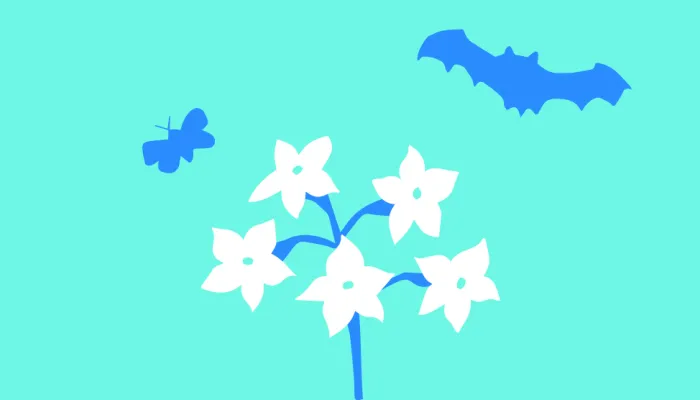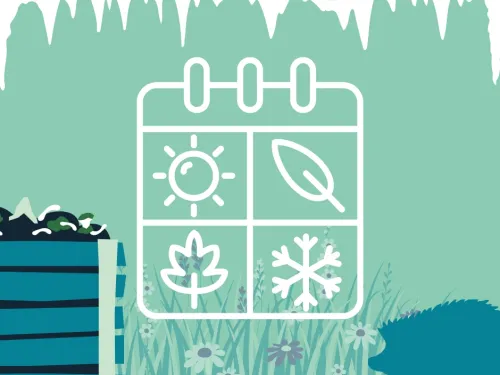
Sustainable food growing
On this page you'll find useful tips on how to grow food in ways that help your community and the biodiversity around it

Plant flowers that release their scent in the evening to attract moths and, ultimately, bats looking for an insect-meal into your garden.
Flowers that release their scent in the evening are a big draw for moths so planting them is a great way of attracting moths into your garden. They also give us the pleasure of sweet perfume, striking silhouettes and luminous glow. As with other flowering plants, you'll need to think about where best to locate them. Although they give off their scent at night, they still need the right conditions in the daytime.
Flowers that release their scent in the evening are a big draw for moths
As well as planting the right flowers, if you garden with moths and their caterpillars in mind, you will have a whole range of fluttering friends coming to visit. Try the following:
| Night-time nectar providers | Ten foodplants for the caterpillars of moths |
| Argentinian vervain | Common hawthorn |
| Tobacco plant | Currants |
| Common jasmine | English oak |
| Evening primrose | Hazel |
| Globe artichoke | Holly |
| Hebe | Hop |
| Honeysuckle | Ivy |
| Miss Willmott's ghost | Stinging nettle |
| Sweet rocket | White willow |
| Fushia |
Set up a moth trap to see who visits your garden at night. Moth trapping might sound cruel, but it doesn’t hurt the moths; it simply involves attracting them to a light or food source so that you can take a closer look. Setting up a moth trap at home:

On this page you'll find useful tips on how to grow food in ways that help your community and the biodiversity around it

In this page you'll find an array of information to how to best help wildlife over the changing seasons each year

On this page you'll find exciting information on getting involved with citizen science project in your own home and community